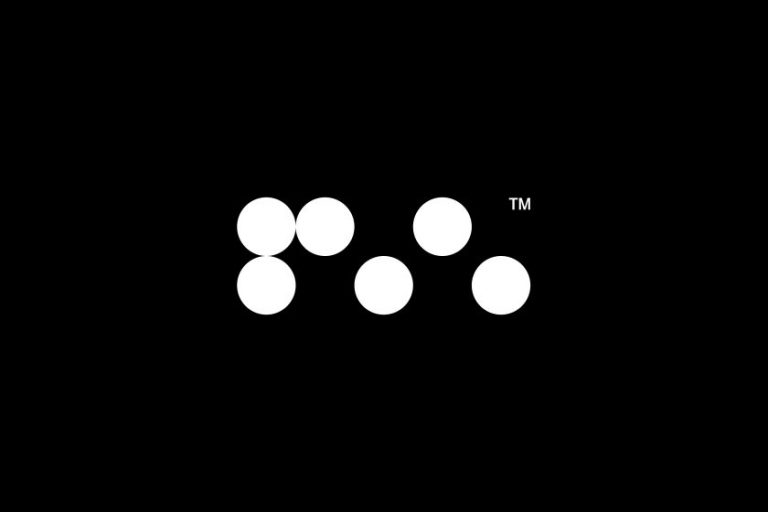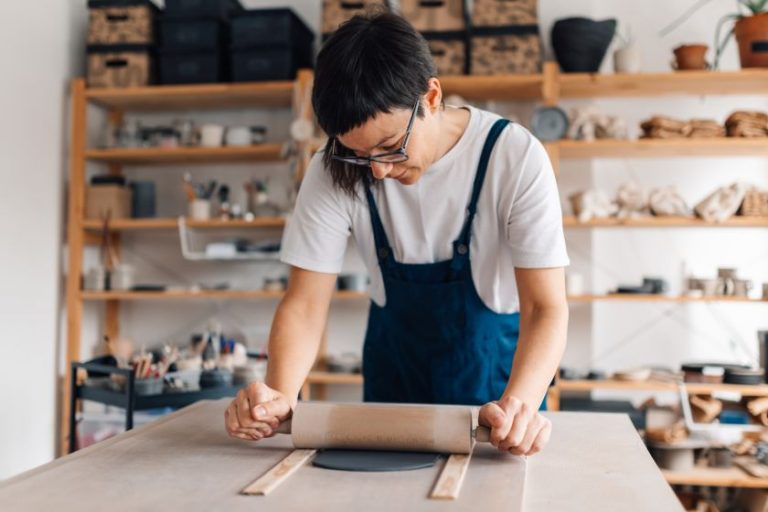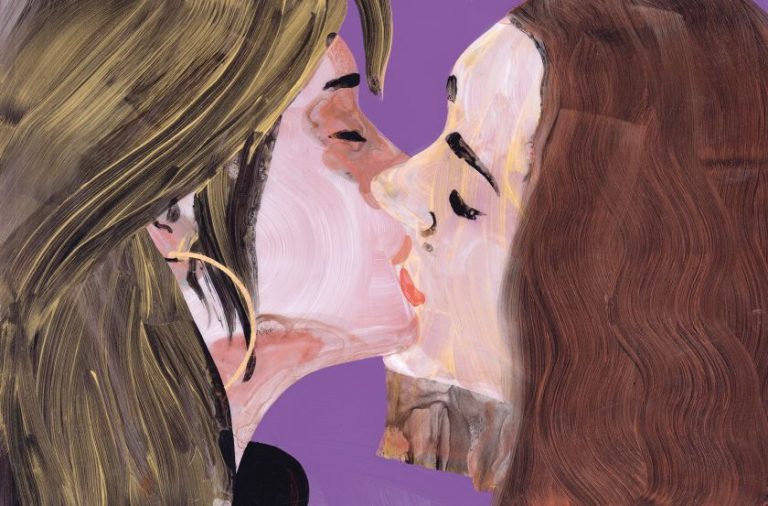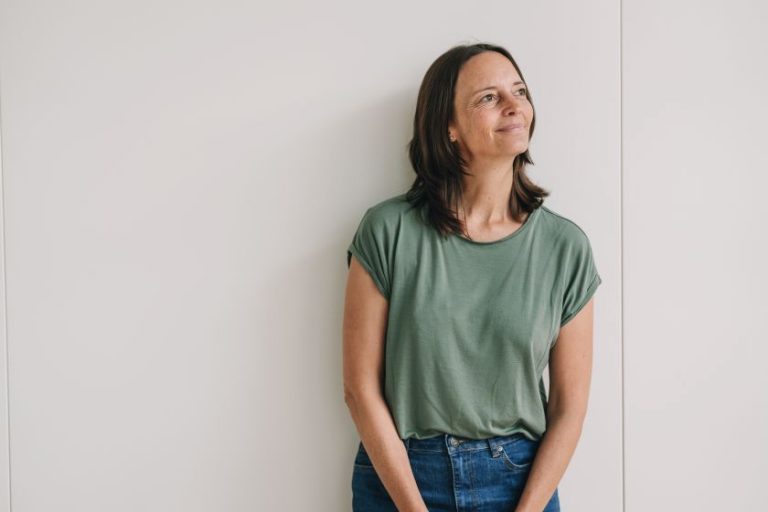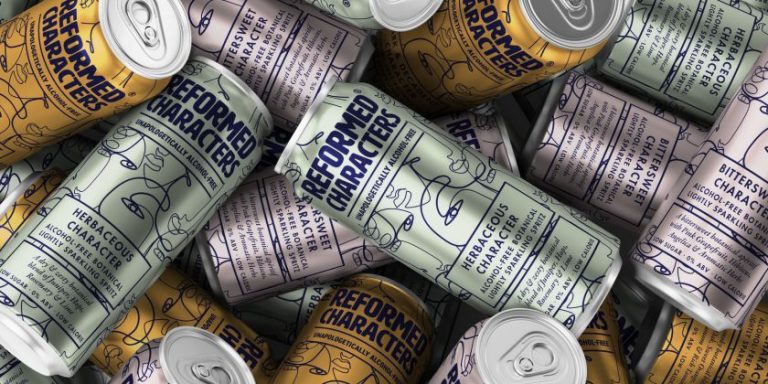The illustrator behind a series of best-selling books explains how she sums up the story and grabs the reader’s attention.
We all know the old saying, “Don’t judge a book by its cover”. But let’s face it, in reality… we so do.
Admittedly, if it’s your favourite author, you will buy their latest release, whatever it looks like. But if you’re perusing the shelves, looking for something new to read, then the instant emotional reaction to the cover – whether it’s conscious or subconscious – is invariably key to your decision to pick it up and take a look.
In short, covers serve as a shop front for each title, enticing readers with their visual allure and hinting at the stories within their pages. That means the talented individuals who bring the best covers to life are definitely worth talking to.
This is why we were keen to chat with Leah Jacobs-Gordon, a multi-disciplinary designer with a passion for illustration and a keen eye for captivating design, who’s worked on more than 250 book covers to date.
Getting started
Born and raised in south London with Jamaican roots, Leah’s love for the arts paved the way for her career in brand and packaging design. She has worked with renowned brands such as Cadbury, Mr. Kipling, and Philadelphia. Alongside these endeavours, she’s carved out a niche as a freelance book designer, creating covers for a range of international publishers across various genres.
Her foray into book cover design began somewhat serendipitously. “Around seven years ago, I was a junior branding and key-art designer at my first ever full-time design job, and found myself at a bit of a crossroads as to which direction I wanted my career to progress towards,” she recalls.
While working on campaigns for food, beverage and publishing companies, she was drawn to the twin allures of book covers and packaging design, which inspired her to apply for roles in both fields.
Ultimately, though, she didn’t need to choose. “My first potential catch was in publishing, where I interviewed with a small independent publisher,” she explains. “Although I made it to the final stage of interviews, due to the nature of the role, they decided to choose someone else. However, they said they loved my work and asked if I would like to do freelance work with them instead. Shortly after that, I became a mid-weight packaging designer, and I’ve been doing both careers simultaneously ever since.”
Ultimately, then, she has the best of both worlds. “Although I love what I do, branding and packaging design is so rooted in long-lasting, forward-thinking strategy, and the process can take months and months,” she explains. “However, with book cover design, I feel I can tap into my artistic side a bit more.”
The freedom of expression inherent in book cover design is what truly captivates Leah. “Of course, the book cover still needs to be legible and be visually genre-identifiable to a consumer, but it can also be abstract in a way that is difficult to pull off in branding,” she says. “The turnaround is also a lot quicker, so it’s lovely to see your work out and about in such a short amount of time. Also, where branding design is rooted in teamwork, freelance book cover design is a solo venture. “
Standout covers
Among the standout covers Leah has designed, a few hold special significance, including Blood Orange by best-selling thriller writer Harriet Tyce. Published in 2019, the story follows Alison, a successful criminal law barrister who appears to be on a course to self-destruction.
“This was one of the first books I worked on where I knew I had a good idea,” Leah recalls. “Before this, my covers had been pretty good but mostly communicated what was happening in the story creatively. This was the first one where it was abstract enough to communicate the atmosphere of the story but without giving anything away.”
Another landmark design was for The Case of the Lighthouse Intruder by Kereen Getten. A YA (Young Adult) novel, it tells the story of Fayson, who’s always wanted to be a detective. When her cousins recruit her to their top-secret gang on the island one summer, she attempts to track down clues about the strange shadow that has been appearing in the island’s lighthouse.
This project has special resonance for Leah. “This was one of the first YA covers I’d ever worked on, and not only was it full illustration, but the cover also needed to lean heavily into storytelling in a way that many adult covers don’t,” she explains. “The story was also close to my heart, set in Jamaica, where my family originates, so I really wanted to do it justice.
“Only one year on, it is now one of four in a series of books, and it makes my inner child so happy that young children in 2024 might be having a similar experience with these books as I had at six or seven years old, reading series like Harry Potter or A Series of Unfortunate Events for the first time.”
A third cover that holds real significance for her is one she designed for Trayvon: Ten Years Later. This personal account was written by Sybrina Fulton, the mother of Trayvon Martin, the 17-year-old who was tragically killed in a racially motivated attack in 2012. The youngster was deemed ‘threatening’ because he was wearing a hoodie.
“As a black woman, the story of Trayvon Martin was one that I was definitely familiar with,” Leah shares. “And so, when I was asked to design the cover for his mother’s non-fiction book on life since her son’s passing, the importance of it was not lost on me.”
Most biographical books use a simple image of the author to convey its contents. But Leah deviated from this approach by featuring a folded black hoodie with the book title and author’s name printed onto it. “This was to represent Trayvon’s lost life and how something as simple as a hoodie became a symbol and catalyst for so much more,” she explains. “It’s a cover I’m proud to have been a part of.”
Getting inspiration
While the creative process can be exhilarating, it is not without its challenges. Looming deadlines can be a real challenge when you lack inspiration, she explains. “Luckily, at the very least, with book cover design you can fall back on genre trends to make sure you at least meet deadlines,” she notes. “And then I’ll use them as a base to create something new and interesting. But I always try to throw in at least one or two covers that break the norm and might be a little more unique or creative.”
Another challenge is simply coping with the pace of change as the creative industry continues to evolve.
“I can’t lie that as I get older, the urge to become a little old lady who talks about how different design was ‘back in my day’ becomes ever stronger,” she says. “But in reality, I know design is greatly impacted by technology, and so personally, I think we have no choice but to embrace it. How can I, who became a designer in the age of software like Adobe and Figma, deny or ignore that technology is ever-changing and can and will drastically impact this industry? I’m trying to be someone that stays interested in it rather than fighting against it.”
Looking ahead, Leah sees one of the biggest challenges in the creative industry: fostering diversity and inclusivity. “With social media bringing people from across the world together in a way that has never been seen before – almost creating a blended, shared culture for young people that has nothing to do with the confines of location – I think one of the things the creative industry needs to keep up with is better encouraging and facilitating diversity,” she explains. “Design is a reflection of the world we live in, and if the world is becoming more blended, the creative workforce will benefit from employing people from all walks of life to keep up.”
At the same time, Leah remains optimistic for the future. “As the world becomes more digital and technology continues to advance at such a great speed, we can influence what this new digital world looks like. I’m so excited to see how this manifests,” she enthuses.
“I’m hopeful to see how the next generations continue to break creative boundaries,” she adds. “Even with recurring design trends, I’m always amazed to see how people continue to come up with new and amazing ideas which change the direction of the industry for the better.”

